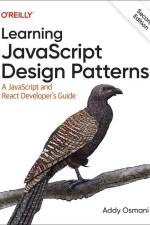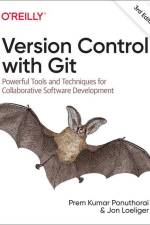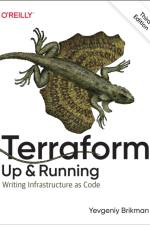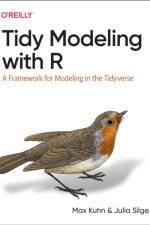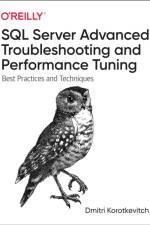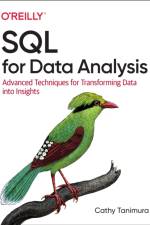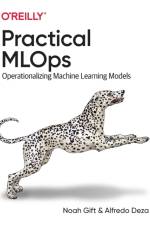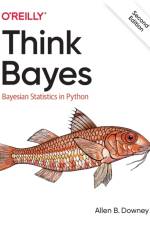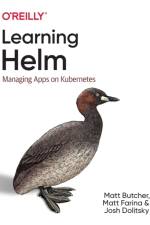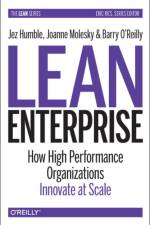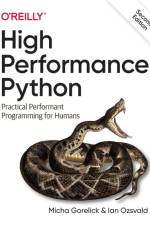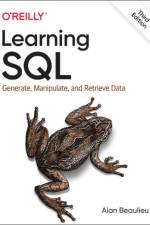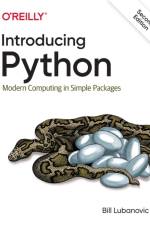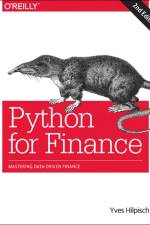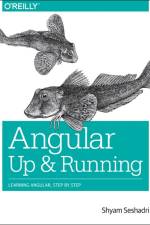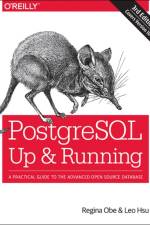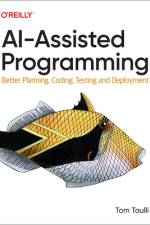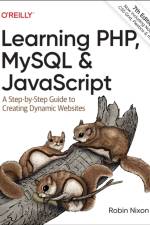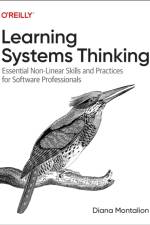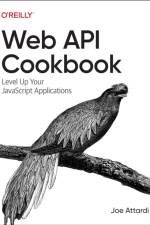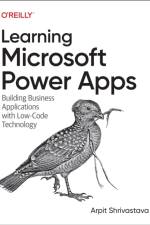- A JavaScript and jQuery Developer's Guide
von Addy Osmani
56,00 €
With Learning JavaScript Design Patterns, youll learn how to write beautiful, structured, and maintainable JavaScript by applying classical and modern design patterns to the language. If you want to keep your code efficient, more manageable, and up-to-date with the latest best practices, this book is for you.Explore many popular design patterns, including Modules, Observers, Facades, and Mediators. Learn how modern architectural patternssuch as MVC, MVP, and MVVMare useful from the perspective of a modern web application developer. This book also walks experienced JavaScript developers through modern module formats, how to namespace code effectively, and other essential topics.Learn the structure of design patterns and how they are writtenUnderstand different pattern categories, including creational, structural, and behavioralWalk through more than 20 classical and modern design patterns in JavaScriptUse several options for writing modular codeincluding the Module pattern, Asyncronous Module Definition (AMD), and CommonJSDiscover design patterns implemented in the jQuery libraryLearn popular design patterns for writing maintainable jQuery plug-ins"e;This book should be in every JavaScript developers hands. Its the go-to book on JavaScript patterns that will be read and referenced many times in the future."e;Andre Hansson, Lead Front-End Developer, presis!


